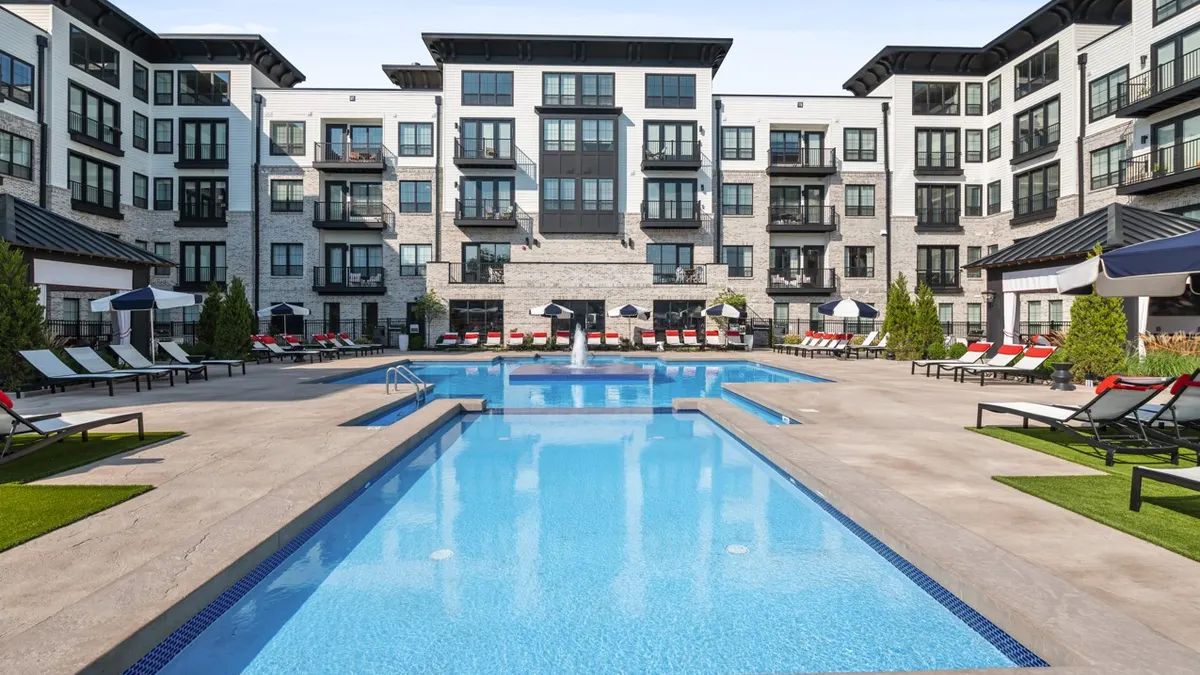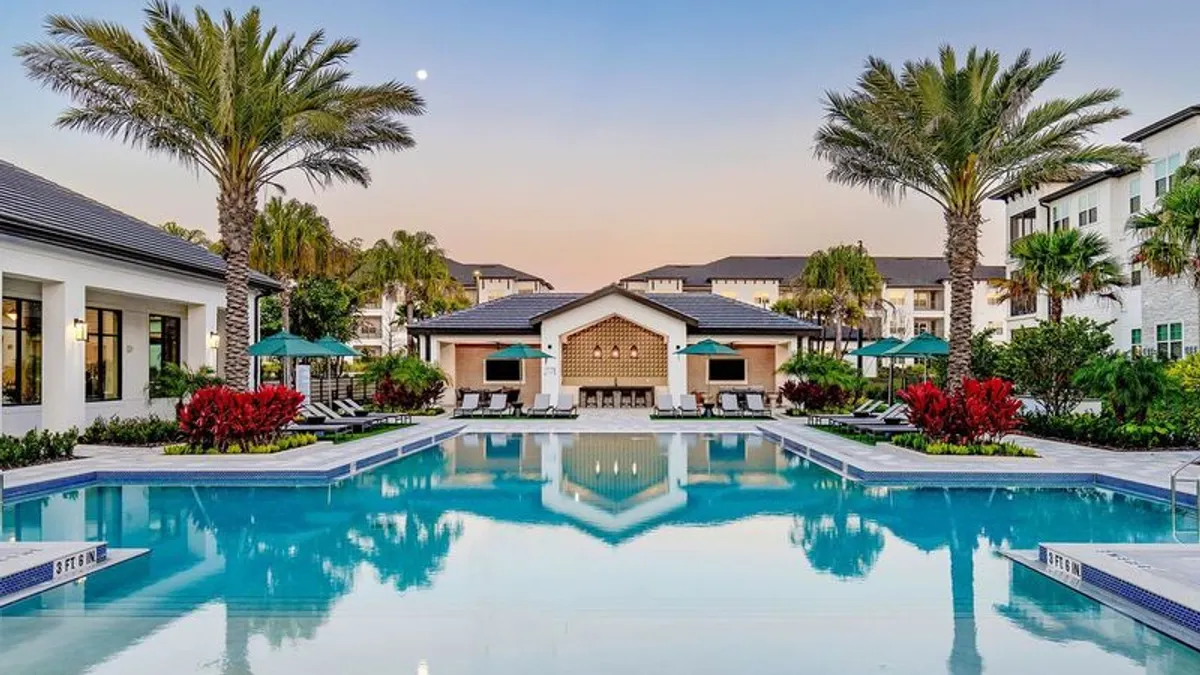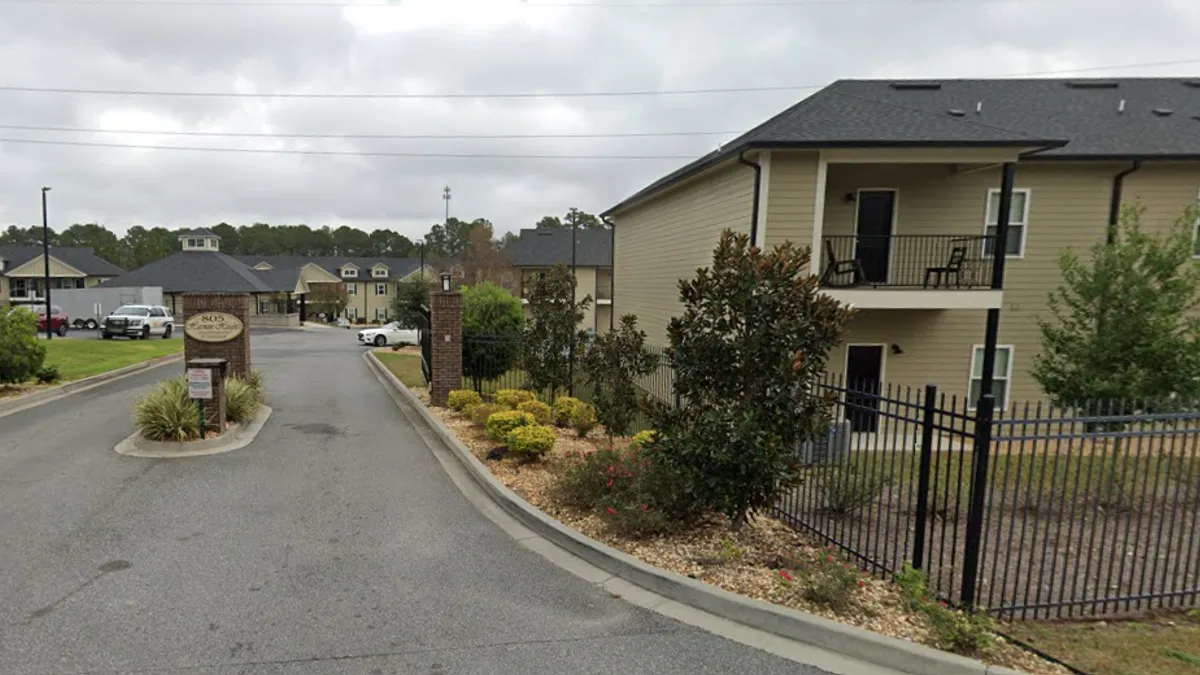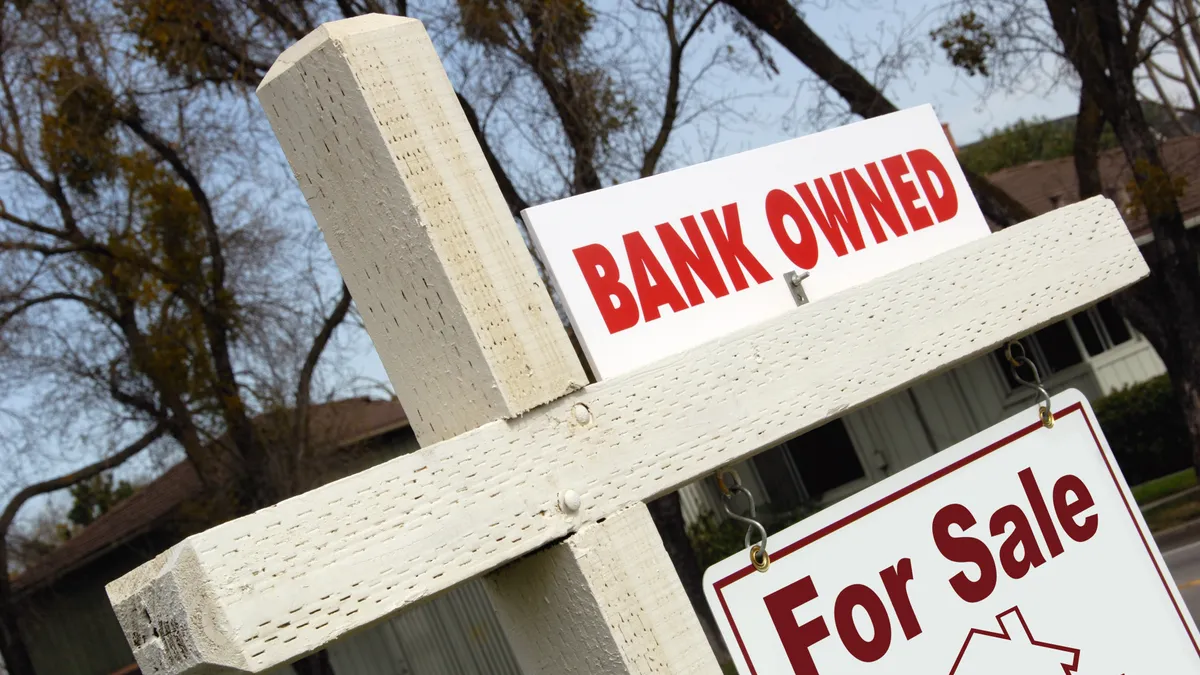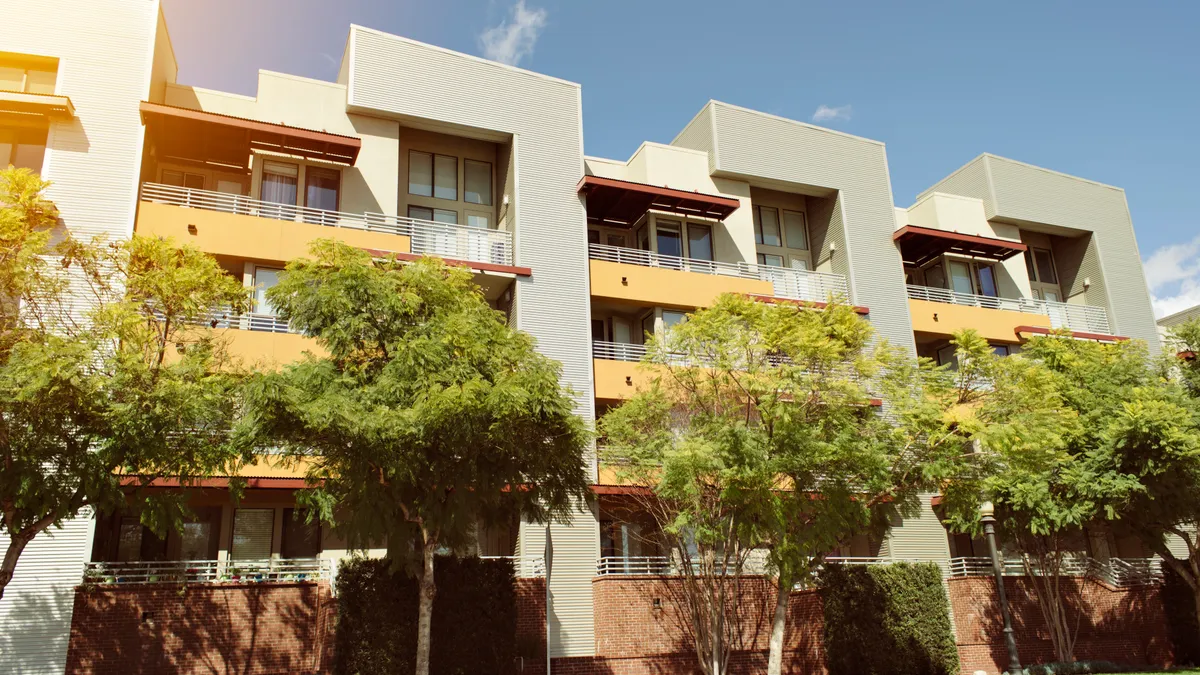In 2005, Andy Lallathin, Patrick McBride and Jay Harkrider — three roommates at Miami University of Ohio — raised money to buy 2 Russell Street, a student housing property in their college town.
In 2013, the trio ultimately formed Coastal Ridge, a Columbus, Ohio-based real estate investment manager, which has grown into a $5.1 billion platform with a national footprint across 50 U.S. markets.
The owner, manager, and developer of student housing, build-to-rent homes and apartments now has approximately 40,000 units and student beds across 100 properties, having grown 35% over the last two years.
While student housing remains Coastal Ridge’s backbone, the firm has expanded into the BTR space, with developments nearing stabilization in Columbus, Ohio; Austin, Texas; and Sarasota, Florida. It recently broke ground on a fourth project in Tampa, Florida.
“We're continuing to pursue new development sites in that space,” Dan Dooley, chief investment officer for Coastal Ridge, told Multifamily Dive. “When you look at it and you compare the rents we charge in the build-for-rent space, it's similar to more top-of-market multifamily. When you compare it to single-family home living, it's a much more affordable way to get essentially your own four walls around you.”
From a unit mix and size perspective, Coastal Ridge’s BTR properties compare more to apartments than single-family homes. “It looks very much like a garden-style community if you were to see it on a rent roll,” Dooley said.
Despite Coastal Ridge’s emphasis on BTR, the firm's roots lie in student housing. Here, Dooley talks with Multifamily Dive about transaction trends, rent patterns and development.
This interview has been edited for brevity and clarity.
MULTIFAMILY DIVE: How has the student housing market fared since the pandemic?
DAN DOOLEY: Overall, the student housing market over the last couple of years has been very strong. The operational performance has been very strong. We're starting to see numbers come out now for 2024 transactional activity. Depending on what you look at, a lot will suggest that we had a fairly strong transactional year last year.
It felt like we saw a decent number of transactions, and I think that was aided by the fact that, and this is not the case for every transaction, but when a student housing seller was selling, they were usually selling and printing a pretty good return. The buyers still saw upside in a business plan that was executable to go forward with.

That wasn't really the case on the multifamily side of the world. Usually, if somebody was selling, it probably wasn't a great outcome for them in most cases. Given that the student market has so much more momentum and things were good for both buyers and sellers, this aided in transactional volumes being strong.
Has this year started strong?
We've had a slower start to the year from a transactional perspective. But that's also not atypical. This is the point in the year where assets are pre-leasing for the following academic year, and the deals aren't really leased up to the point where a buyer is going to give them full credit for their pre-leasing. So while it has been a slow start to the year, it wouldn't be that abnormal from previous years.
What do you expect from an operational perspective this year?
We're expecting to continue to see some pretty good operational performance out of the student housing market in our portfolio. Over the last two pre-leasing cycles, we saw 12% rent growth each of those two years. We don't expect to see that much rent growth out of our portfolio this year, but we'll continue to see above-inflationary rent growth.
Are there schools where supply is a concern?
We own at the University of Tennessee. It is an example of one of those schools that has thousands of beds coming in the pipeline. But if you look at the market performance, they've had years of near 20% rent growth year over year for a couple of years.
That's because enrollment has ballooned. There's a huge demand for housing. The university has grown tremendously from an enrollment perspective. So, rents went up as those new kids came in, and then supply followed along because rents went up.
Do you think the long-term outlook remains favorable in these markets?
We talk all the time in the student housing space about the phrase “capture rate,” which is a very simple ratio of how many beds there are on and off campus compared to full-time students. A lot of those universities that have all of this supply coming, if you look at the capture rate, it's still very healthy.
However, what we've come to realize is that when 1,000 beds are added to a market, it takes time for the market to absorb them. I don't think we're expecting to see tremendous performance in a market like Tennessee or Wisconsin or any of these markets that have had tremendous supply come in. However, we believe the long-term fundamentals in many of those places remain very healthy.
Has the development environment improved for you?
It's been a challenging couple of years to get new development started. We've been active in the BTR market. We've been trying to find sites, especially in markets where we feel like there are good demographic trends and there are good tailwinds — growing populations, growing jobs, etc.
The challenge has been with financing and the cost of financing. It's just been hard to make deals pencil out. If we can get two to three starts going over the next year, that would be a good win for us. We hope that over time, when the market stabilizes, we will be handling three to five, or possibly even more, deals a year.
Click here to sign up to receive multifamily and apartment news like this article in your inbox every weekday.



